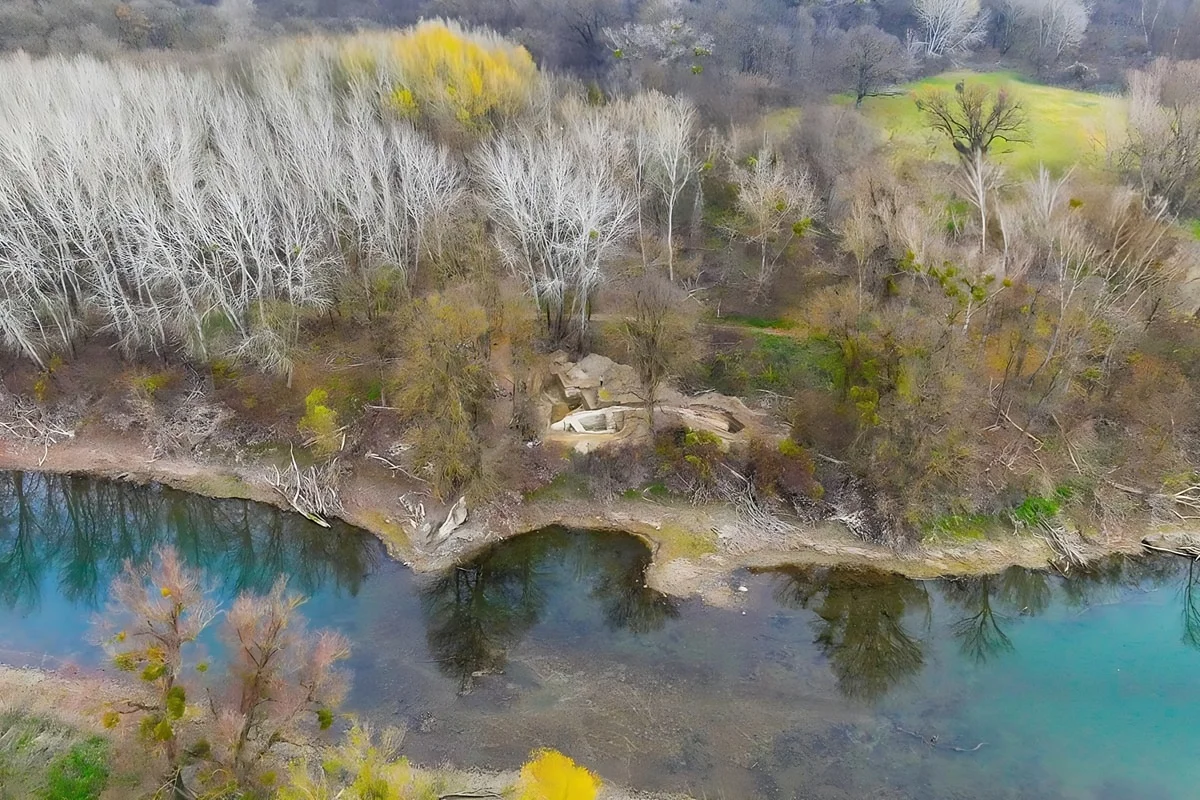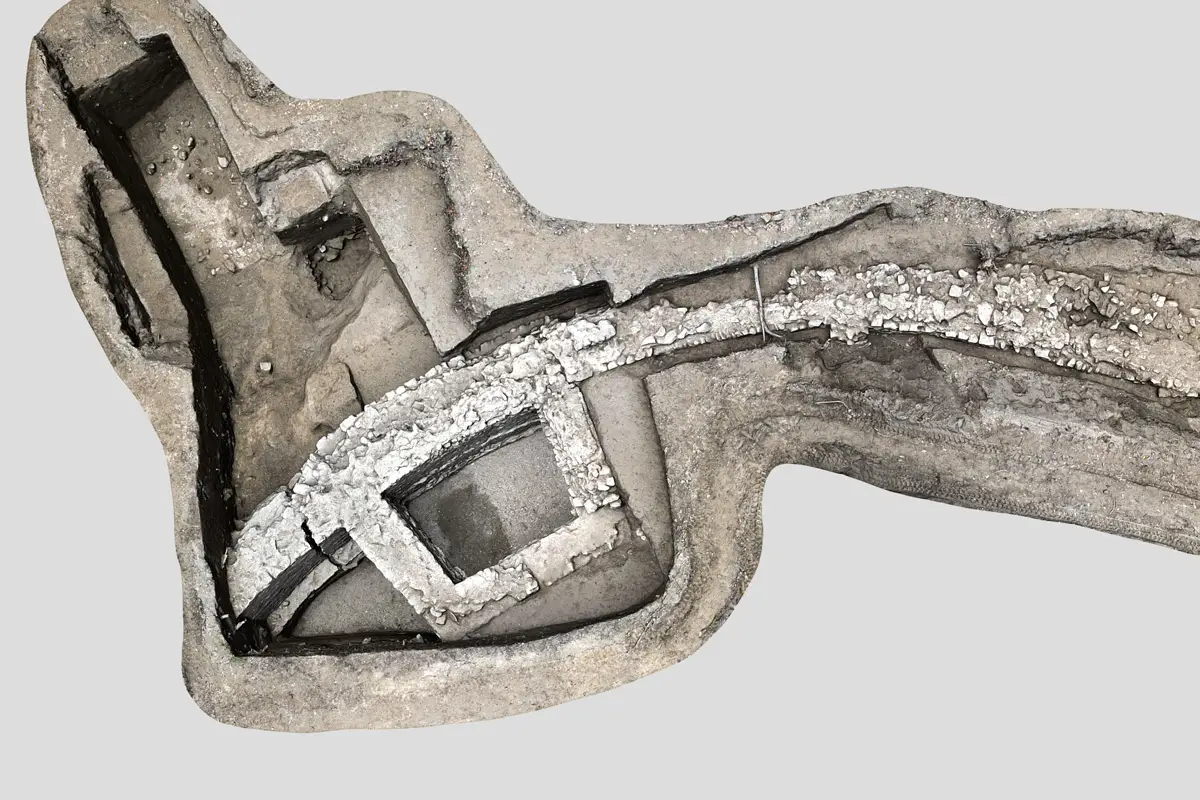Along the shores of a Danube tributary near Stopfenreuth are a section of ruined walls known locally as the “Deserted Castle”.
For years, the true purpose of the structure has remained a mystery, with interpretations of the monument pointing to a medieval castle, or even a fortification used during the time of the “First Turkish War.”
However, recent excavations by the Austrian Academy of Sciences (ÖAW) have identified the site to be a Roman bridgehead fort – the first of its kind discovered on Austrian soil.
Bridgehead forts were military strongholds constructed at key strategic points, primarily to secure and control river crossings or vital access routes. They also served as forward bases for launching military campaigns by the expanding Roman Empire.
The bridge fort near Stopfenreuth is roughly four kilometres from Carnuntum, a legionary fortress and headquarters of the Pannonian fleet. Carnuntum would later develop into a Roman city and the capital of the Pannonia Superior province.

Archaeologists from the ÖAI and the Carnuntum Archaeological Park believe the bridge fort dates to the time of the Marcomannic Wars (AD 166 to180), an era when the Danube marked the volatile frontier between the Roman Empire to the south and the Germanic lands to the north.
Archaeologists have identified two phases of construction: the first, between AD 170 and 180, when Emperor Marcus Aurelius expanded fortifications along the Roman limes; and the second, around AD 260, when Emperor Gallienus reinforced the frontier defences.
Excavations uncovered building material, ceramics, small bronze finds, and stamped bricks marked with Legio XIV and Legio XV Apollinaris, both of which were stationed at different periods at Carnuntum and Pannonia.
Christian Gugl of the Austrian Archaeological Institute (ÖAI) of the Austrian Academy of Sciences (ÖAW), said: “We now need to broaden our overall understanding to include the Stopfenreuth region. For a long time, it remained uncertain whether substantial Roman activity had ever occurred on this section of the Danube’s north bank. The discovery of additional stone forts—some evidently garrisoned by sizable military units—on this side of the river significantly reshapes our perception of the Roman Limes.”
Header Image Credit : H. Wraunek, Land NÖ
Sources : Austrian Archaeological Institute (ÖAI)






